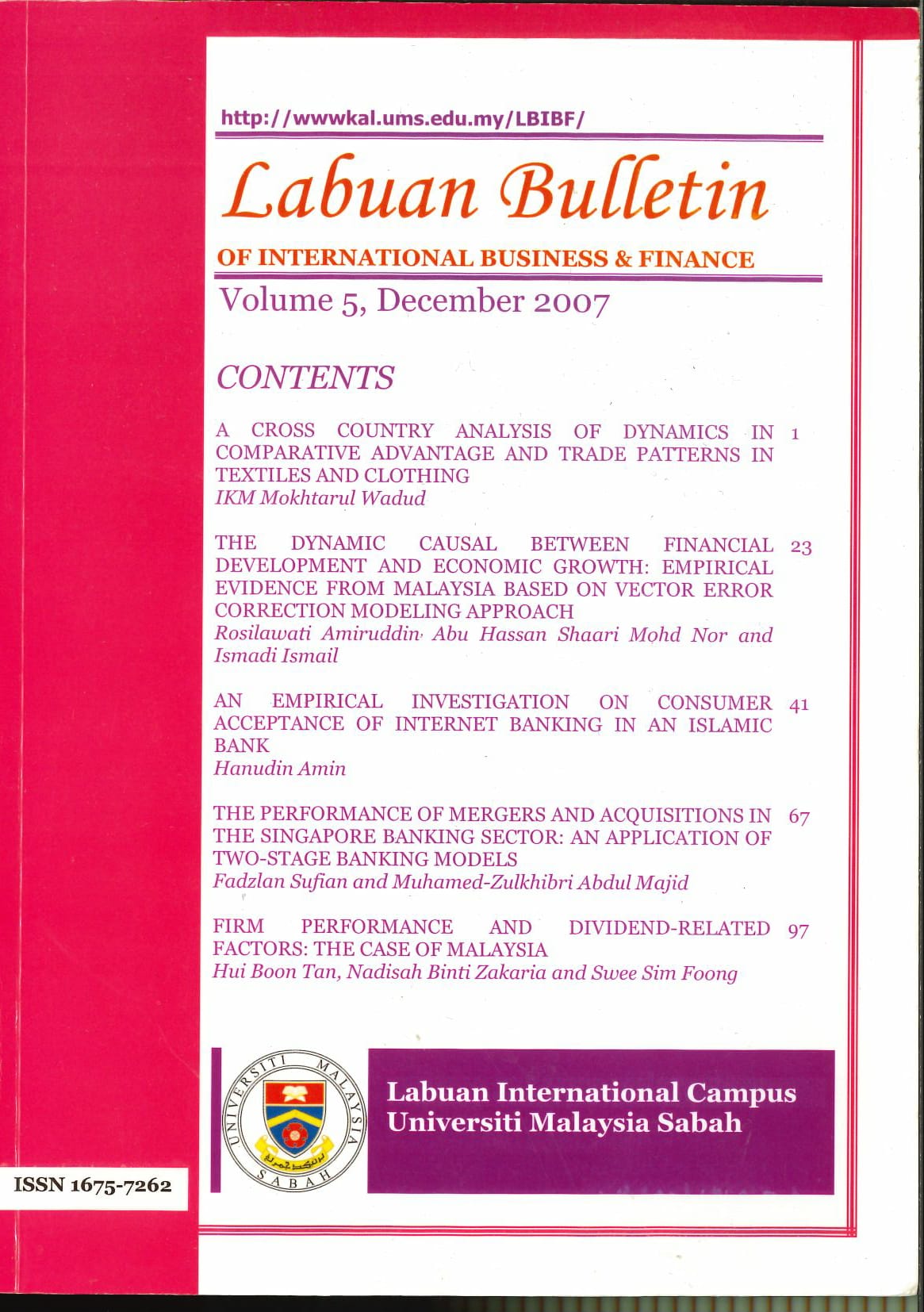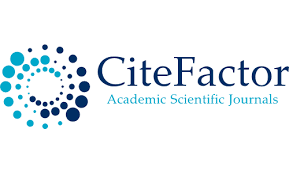THE PERFORMANCE OF MERGERS AND ACQUISITIONS IN THE SINGAPORE BANKING SECTOR: AN APPLICATION OF TWO-STAGE BANKING MODELS
DOI:
https://doi.org/10.51200/lbibf.v5i.1440Abstract
An event study window analysis of Data Envelopment Analysis (DEA) is employed in this study to investigate the effects of mergers and acquisitions (M&As) on Singapore domestic banking groups’ efficiency. The results suggest that the merger has resulted in higher Singapore banking groups’ mean overall efficiency post-merger. Despite that, from the scale efficiency perspective, the findings do not support for further consolidation in the Singapore banking sector. We found mixed evidence on the characteristics of efficiency on the acquirers and targets banks, hence, do not fully support the hypothesis of a more (less) efficient bank becoming the acquirer (target). In most cases, the results further confirmed the hypothesis that the acquiring banks’ mean overall efficiency improved (deteriorates) post-merger resulting from the merger with a more (less) efficient bank. Tobit regression model is employed to determine factors affecting bank performance. The results suggest that bank profitability has significant positive impact on bank efficiency, whereas poor loan quality has significant negative influence on bank performance.


















